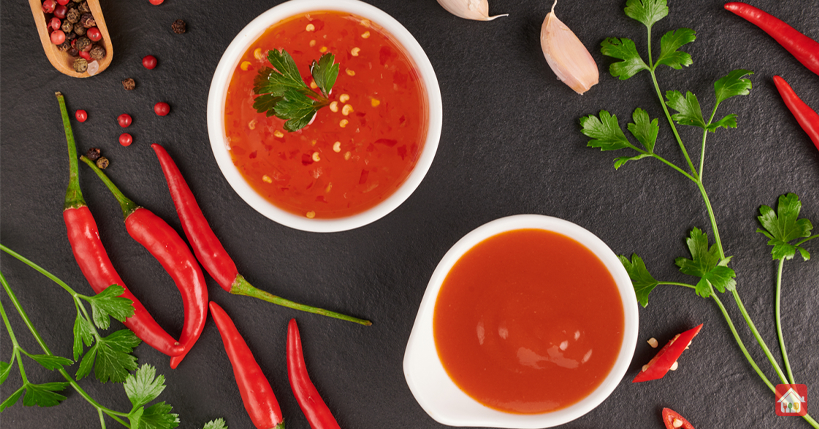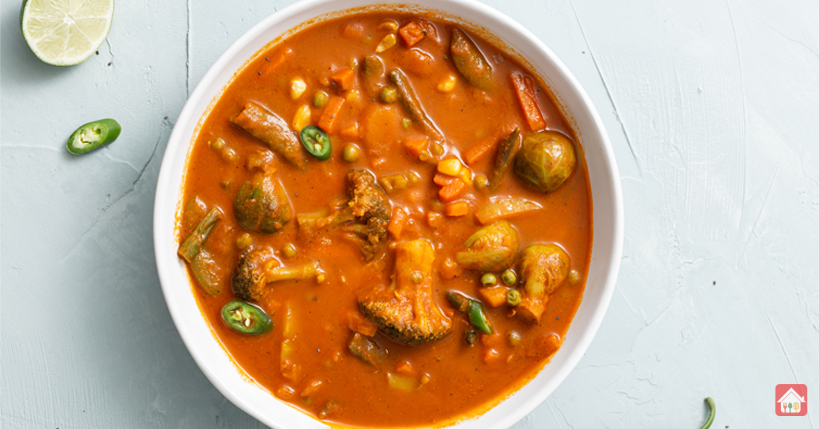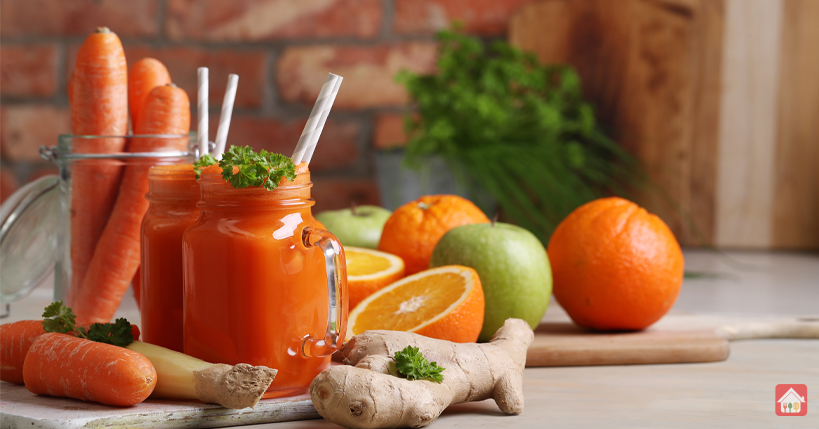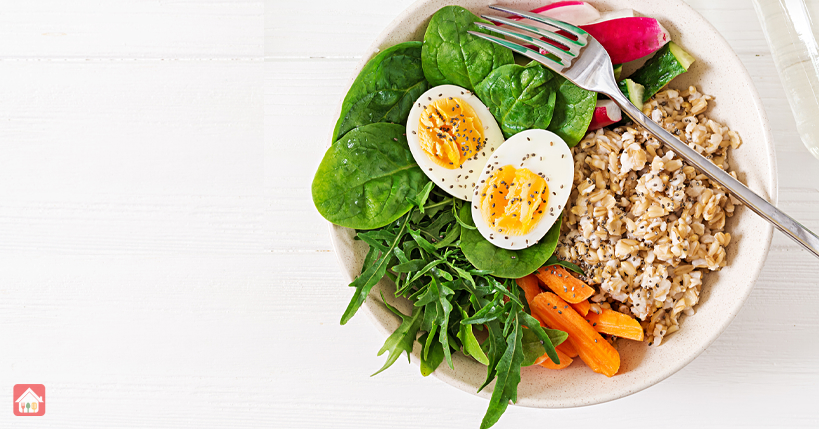In order to optimise digestion and nutrient supply throughout the winter, we must include more veggies in our diet and the home foodie app provides various menu option.
Winter has arrived. It’s that time of year when we take shortcuts in the kitchen and get sluggish. We prefer to stay warm by burying ourselves in quilts. As a result, our mobility is restricted, interfering with our digesting process. As a result, it’s critical to change our eating habits during the winter months to include more green leafy vegetables, which are high in nutrients and easy to digest. However, eating the same vegetables every day can become monotonous. The home made dishes is proven as the best food choice.
So, how about experimenting with fresh ways to make these vegetables appealing once more?
Here are seven easy methods to improve your vegetable intake this winter without making major dietary adjustments.
1) Prepare a vegetarian dal by combining the following ingredients in a large mixing bowl. Protein is abundant in pulses. Grated lauki is added to dal in some locations. This is most commonly done with chana dal, but other pulses can also be used in easy homemade food. A traditional north Indian Punjabi cuisine is lauki chana dal. Alternatively, you may make dalma, an Odisha speciality. A variety of vegetables are boiled with dal and seasoned with ghee and other seasonings in this dish.
2) Salads: Adding fresh veggies to your diet is as easy as making a salad in home cooked food apps. Cabbage, tomatoes, carrots, cucumber, gramme, and spinach tossed with a dressing of yoghurt, honey, salt, and pepper – wonderful! A mixed vegetable salad is made in the following manner.
3) Dips or snacks: If you’re looking for something else than a veggie salad, dips or snacks are a good option. Why not eat healthy options instead of fatty chips and fingers? Dips have the benefit of being able to be made with virtually any vegetable. Make a carrot dip or a tomato and celery dip to go with it. The homemade cook offers various options.
4) Idli: This classic south Indian dish is made with rice batter and served with sambar is the best homemade food. Idli is a delicious way to get more vegetables into your diet. Garnish the idli with finely chopped veggies, such as carrots. Alternatively, depending on your preferences, you can add a variety of veggies to the sambar. Make this tadka veg idli for a high-protein breakfast.
5) Gravy and curry dishes: On some days, you can return to your typical vegetable preparations. Making a mixed vegetable dish like avial is a fun way to get a lot of greens into your diet. Another option is to prepare ghanta, an Odia mixed vegetable curry. The homemade food services provide different veg curries and gravies.
6) Smoothie: Smoothies produced with leafy vegetables like spinach and carrots can easily be disguised with fruits like bananas, pineapples, and mangoes. It’ll keep you hydrated and energised because it’s packed with essential nutrients. Make this greens-and-protein-packed smoothie at home.
7) In dalia, oats, khichdi, poha, and upma, add vegetables: At regular intervals, we all enjoy these delectable delicacies. Why not add a variety of our favourite vegetables to them? It’d be a fantastic way to start the day with a jolt of energy. The daliya veggie khichdi recipe may be found here. Dalia is the best home delivered food.
8) Cauliflower fried rice: Cauliflower fried rice may sound like a salad, but it’s a hearty alternative to the takeaway favourite. The recipe calls for a whole head of cauliflower, as well as carrots and green onions (we’d add chopped mushrooms and peppers if you have them), so if you got a bit carried away at the market, this is a fantastic way to clear out the fridge. With a box grater or food processor, shred the cauliflower and sauté until tender. For added protein, crack in an egg and season with a dash of Tamari.
9) Roasted Beet Pasta with the goodness of Whole-Wheat: This is the dish to make when all you want is a huge bowl of spaghetti but your fridge is stuffed with vegetables. Make your favourite whole-wheat pasta and set aside some of the boiling water once it’s done. Roast beets (or carrots! Or both!) till soft in olive oil. With lemon juice, dill, starchy pasta water, and just a touch of heavy cream blend the vegetables into a velvety sauce. For a lighter version, add almond or coconut milk. Toss with the pasta and twirl with smashed walnuts and crumbled feta on your fork.
10) Carrot Juice: Beta-carotene, an antioxidant that your body converts to vitamin A, is abundant in carrots. However, you eat them like Bugs Bunny to reap the benefits of their nutrition.
Carrot juice is easy to come by, but it’s difficult to create without a juicer at home. Fortunately, grated carrots are simple to incorporate into any fruit smoothie. Bonus: Because all components of the vegetable are used, no fibre is lost during the juicing process.
11) Veg Oatmeal: Eating nutritious grains like oatmeal on a regular basis can help lower your risk of heart disease. a reliable source While smothering your oatmeal in brown sugar isn’t good for your heart or your waistline oats may also be delicious.
Cook simple oats with water and top with steamed or sautéed vegetables of your choosing. Season with salt, pepper, or a sprinkling of Parmesan cheese and top with an egg for added protein.
Conclusion
In the winter, our bodies seek rich foods that provide both warmth and nourishment. This need necessitates the consumption of warming foods. Any vegetable that takes a long time to mature and has an edible section that grows beneath the ground’s surface is usually warming and a wonderful winter vegetable to eat. Warming foods include dried fruits (dates), nuts, and oilseeds (sesame seeds). It’s also a time of year when you might want to eat more spices than you would throughout the summer.
Cold weather can disrupt your fitness regimen and even put you on a mood roller coaster, leading to overeating as a result of stress and boredom. Proteins and carbs should both be included in your diet. This can assist balance serotonin, a soothing brain chemical, while also avoiding hungry pangs caused by low blood sugar. One-third protein, two-thirds vegetables and salads is the ideal ratio.
Pay attention to how you live as well. Staying up late, working late, eating at odd hours, exposing the body to stress and tiredness, and sleeping throughout the day can all disrupt.
So this year, make the most of the cold weather by staying warm and healthy.









